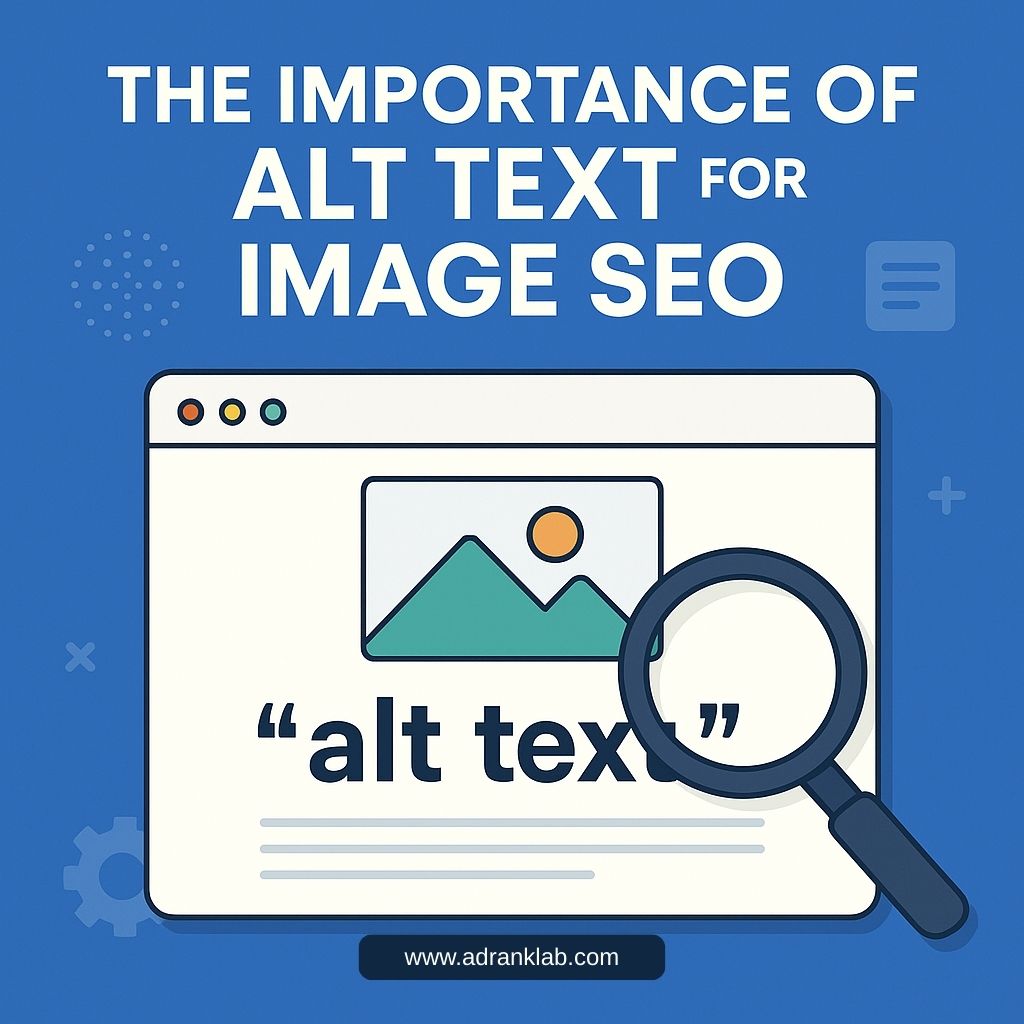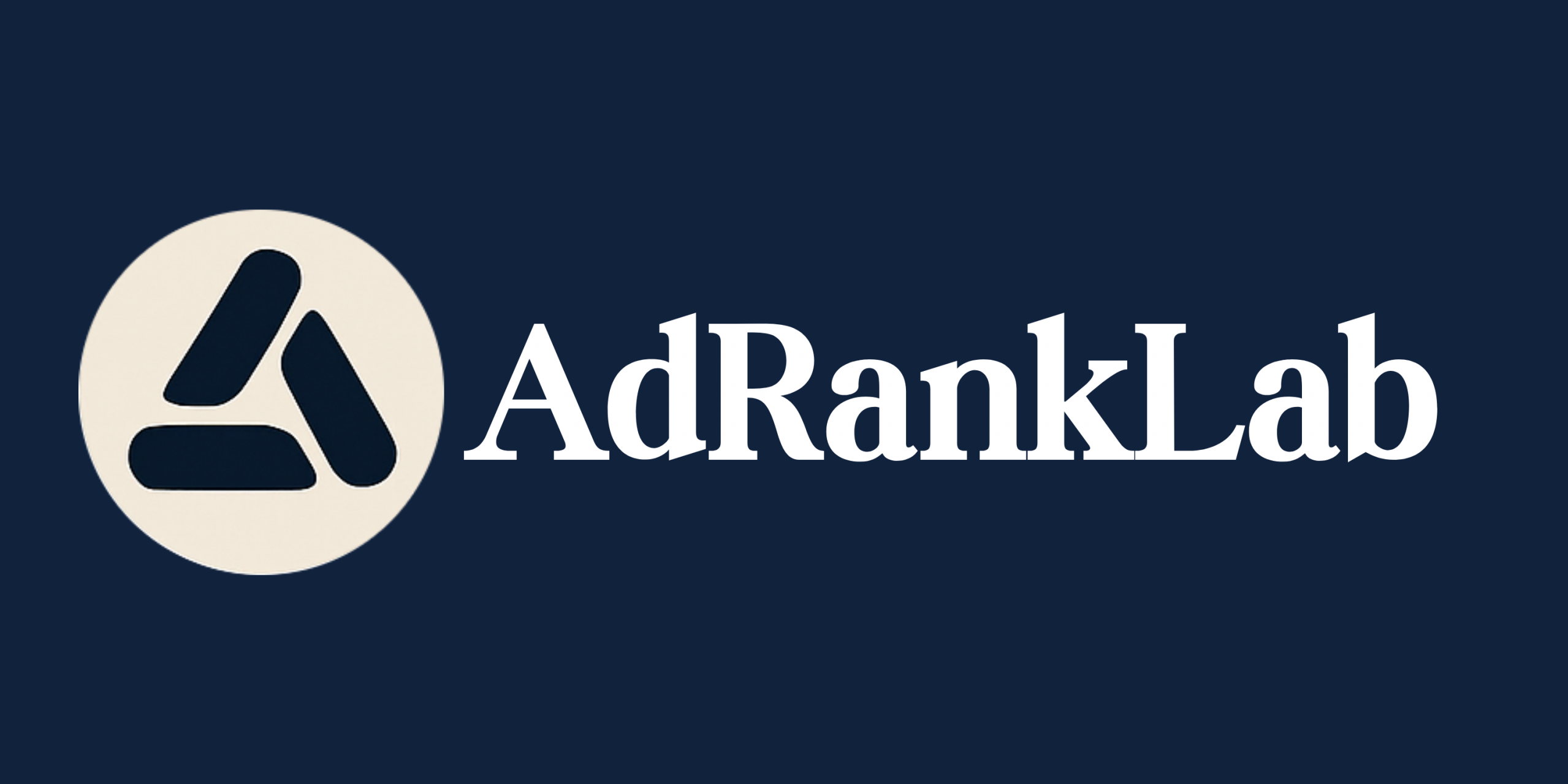
Introduction
Search engines have evolved far beyond text alone — today, images are a huge part of how people find, interact with, and buy online. If you manage a corporate website, eCommerce store, SaaS platform, or large content hub, you cannot afford to overlook Alt Text for Image SEO.
Alt text is a small HTML attribute that does massive work behind the scenes. According to Moz and Search Engine Journal, around 55% of Google search results now contain at least one image. If your images are not optimized with proper alt text, you’re missing out on significant organic visibility.
This guide explains what alt text is, why it’s vital for both SEO and accessibility, how to write it correctly, common mistakes to avoid, and how you can future-proof your image SEO strategy in 2025 and beyond.
What is Alt Text?
Alt text — also known as alternative text or alt attributes — is an HTML attribute applied to image tags to describe the content of the image. Its original purpose was to provide context when an image cannot be displayed. Today, it also helps search engines understand image content.
Here’s a simple example:
<imgsrc="running-shoes.jpg"alt="Red running shoes for men on asphalt track">
The text inside alt="" is what search engines and screen readers read to understand what the image represents.
Why Alt Text Matters for SEO
Alt text has multiple SEO benefits.
1. Improves Image Rankings in Google Images
Images are an increasingly important traffic source. According to Shopify, for eCommerce stores specifically, images can drive up to 20% of total organic traffic when optimized well.
2. Adds Context for Crawlers
Search engines cannot “see” images the way humans do. Alt text is one of the primary signals search bots use to index and rank visual content.
3. Influences Page SEO
Images with descriptive, keyword-relevant alt text strengthen the overall topical relevance of a page. Google’s John Mueller has confirmed that meaningful alt text contributes to on-page SEO.
Alt Text and Website Accessibility
Alt text is not just for SEO. It plays a crucial role in web accessibility. People using screen readers rely on alt text to understand what’s on a page.
Failing to use alt text can put businesses at legal risk. In the United States, over 3,500 web accessibility lawsuits were filed in 2023 alone (source: UsableNet). Many cited missing or poor alt text as a core issue.
Accessible websites not only reduce legal exposure but also improve the overall user experience for millions with visual impairments.
How Google Uses Alt Text
Alt text helps Google understand, index, and rank images accurately. But it’s only one part of the picture.
- Crawling & Indexing: Googlebot reads alt text when crawling a page.
- Alt Text vs. Captions: While alt text describes an image for SEO and accessibility, captions help users understand images visually. Both help SEO.
- Alt Text vs. File Names: Clear file names reinforce relevance. Example:
red-running-shoes.jpg+ alt text describing the shoes = better signals for search engines.
Google’s Image SEO documentation highlights alt text as one of the key best practices for improving visibility in Google Images.
Best Practices for Writing Effective Alt Text
Not all alt text is created equal. Here’s how to do it right:
✅ Be Descriptive & Concise
Write what you see, accurately. Keep it under 125 characters if possible — screen readers may cut off longer text.
✅ Include Keywords Naturally
If the image aligns with your page’s focus keyword, add it naturally. Do not force irrelevant keywords.
✅ Avoid Keyword Stuffing
Repeating keywords unnaturally is a red flag for Google.
Good vs. Bad Examples:
Bad:alt="image"
Better:alt="Red running shoes for men on track"
Best:alt="Lightweight red running shoes for men jogging on asphalt track"
Alt Text for eCommerce SEO
eCommerce sites can have thousands of product images. Well-optimized alt text for every variant image is a must.
According to internal data from Shopify case studies, stores that improved alt text for product images saw an average 12% boost in organic traffic within six months. Why? Because Google Images often ranks product images for transactional searches.
Tips for eCommerce:
- Write unique alt text for each variant (color, size, angle).
- Focus on describing the product and its key selling points.
- Don’t copy-paste the product title only.
Tools to Audit and Optimize Alt Text
Many SEO teams skip auditing alt text because it’s tedious. Fortunately, modern tools make it easier:
✅ Screaming Frog SEO Spider
Crawl your entire site and filter for images missing alt attributes.
✅ Ahrefs Site Audit
Identifies missing or duplicate alt text across all pages.
✅ Google Search Console
Helps you find image indexing issues. While it doesn’t directly flag missing alt text, it shows whether your images are indexed and how they appear in search.
Common Alt Text Mistakes to Avoid
❌ Empty Alt Attributes:
Missing alt text is a wasted SEO and accessibility opportunity.
❌ Using Filenames as Alt Text:alt="IMG_1234.jpg" is meaningless to both Google and users.
❌ Generic Descriptions:
Words like “image”, “photo”, “graphic” add no context.
Real Example:
A major retailer left placeholder alt text on thousands of product photos (“product image”) and lost image search rankings to competitors with better-optimized visuals.
How AI is Enhancing Image SEO in 2025
Artificial Intelligence is transforming alt text generation.
Tools like Google Vision AI, Adobe Sensei, and Microsoft Azure Computer Vision can generate accurate alt text at scale, helping large sites cover thousands of images quickly.
Some big retailers are already testing AI-generated alt text. For example, a case study shared by Google in 2023 showed a large retailer reduced manual alt text writing time by 60% while improving consistency across their catalog.
While AI helps, always manually review automated alt text to ensure quality and accuracy.
Alt Text for Other Media Types
Alt text isn’t just for product photos.
✅ Icons & UI Images:
Describe icons only if they convey meaning. For purely decorative icons, use alt="".
✅ Infographics:
Add descriptive alt text summarizing the infographic’s content. For complex visuals, include a full text version on the page.
✅ Decorative Images:
If an image is purely decorative, best practice is to use empty alt text: alt="". This tells screen readers to skip it.
FAQs about Alt Text for Image SEO
Q1: Does alt text help SEO rankings?
Yes. Well-written alt text helps Google index and rank your images, which can drive extra organic traffic.
Q2: Should every image have alt text?
All meaningful images should. Decorative images should use alt="".
Q3: How long should alt text be?
Aim for under 125 characters, concise yet descriptive.
Conclusion: Why Alt Text Still Matters for SEO in 2025
Whether you manage a large eCommerce store, corporate website, or SaaS product, Alt Text for Image SEO is a simple yet powerful way to improve organic rankings, boost traffic, and ensure your site is accessible to everyone.
Your visuals are valuable SEO assets — treat them like it!
🚀 Need help optimizing your site’s image SEO at scale?
Let AdRankLab’s technical SEO team audit, fix, and future-proof your image strategy for maximum ROI.

